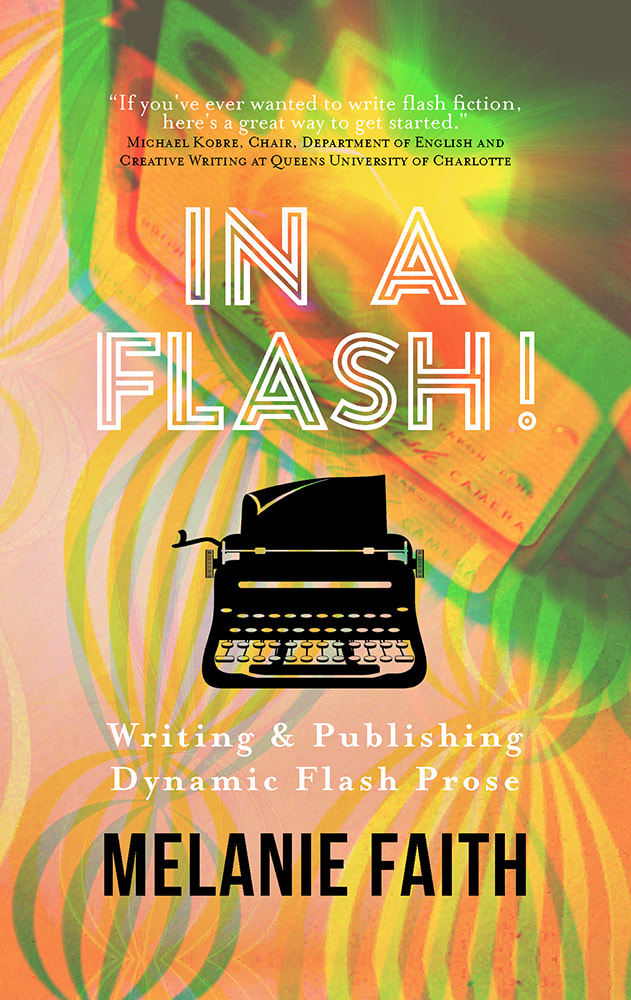So, what happened that I expanded the poem into a whole series of historical poems? Here was my thought process and creative arc:
· Stay open to surprises. While fact-checking a detail in my initial poem before submitting it to a journal, I stumbled upon a jump-rope rhyme that kids used to sing on the playground in 1918. It was such an authentic detail that I immediately took it for a spin, exploring a question that jumped into my head and out through my pen: What would be the life story of a girl singing this rhyme?
That new poem launched not only my main character, Alma Donovan-Smith, but a whole new impetus: If Alma had a story to tell, what about other children in her school? What about the teacher? What about the students’ parents? What about other people in the town, like the shopkeeper, the clergy, neighbors and friends?
· Just because the work starts in one format or genre and length, no need to stay locked into place. I ended up taking apart the initial poem and writing more poems about the villagers in a two-week period. It felt like they were individually introducing themselves to me. Of course, once I knew Alma, I wanted to learn more of her story, and she didn’t disappoint. Four or five poems in, the idea hit me to flash forward and have Alma herself tell some of her own story, as part of an oral-history interview project with her grandson in 1958.
If I had remained stubbornly determined that what I’d written was just one poem, what a loss it would have been to the narrative and to me. I learned a lot about handling multiple POVs and story strands while dividing the pieces and omitting some that didn’t work.
Ultimately, feel free to take apart your draft, even after the very last edit (as Walt Whitman did with numerous editions of his literary masterpiece Leaves of Grass). Add new details. Explore details you stumble across either while researching or that seem to find you as a gentle thought.
· Go organic. Let the work inform your writing and editing decisions. When I wrote the initial poem, I didn’t move back and forth through time from 1918. Yet, as I wrote more and more individual pieces and delved into both personal and cultural details of the town, I began to feel that a more compelling way to present the narrative in verse was to fast forward through several time periods.
Sometimes when we start a project, we have just the outermost glimmer of what the piece will become, and that’s not only fine but magical. Each piece will have its own innate format and logic. Stay aware and curious about the material as you write and edit. Respond as you go to how the piece moves and (re)shapes itself.
So, instead of one poem, I have 76-pages worth…and a richer, more evocative exploration of my initial subject than if I’d stopped with the first poem.
Try this prompt! Poems and flash pieces are short by nature, but linked works have the potential to be greatly expanded in details, characters, settings, and more. Pull up a piece you thought was a one-off and examine it with new eyes. Ask yourself: Where are there possibilities to expand this narrative? What might another character say or do about the initial piece? Try flashing forward or backward in time period or setting. Take 20 minutes to write a companion piece, without stopping.
You might just find, like rabbits out of a hat or chips from a bag, one leads to another and another and…










